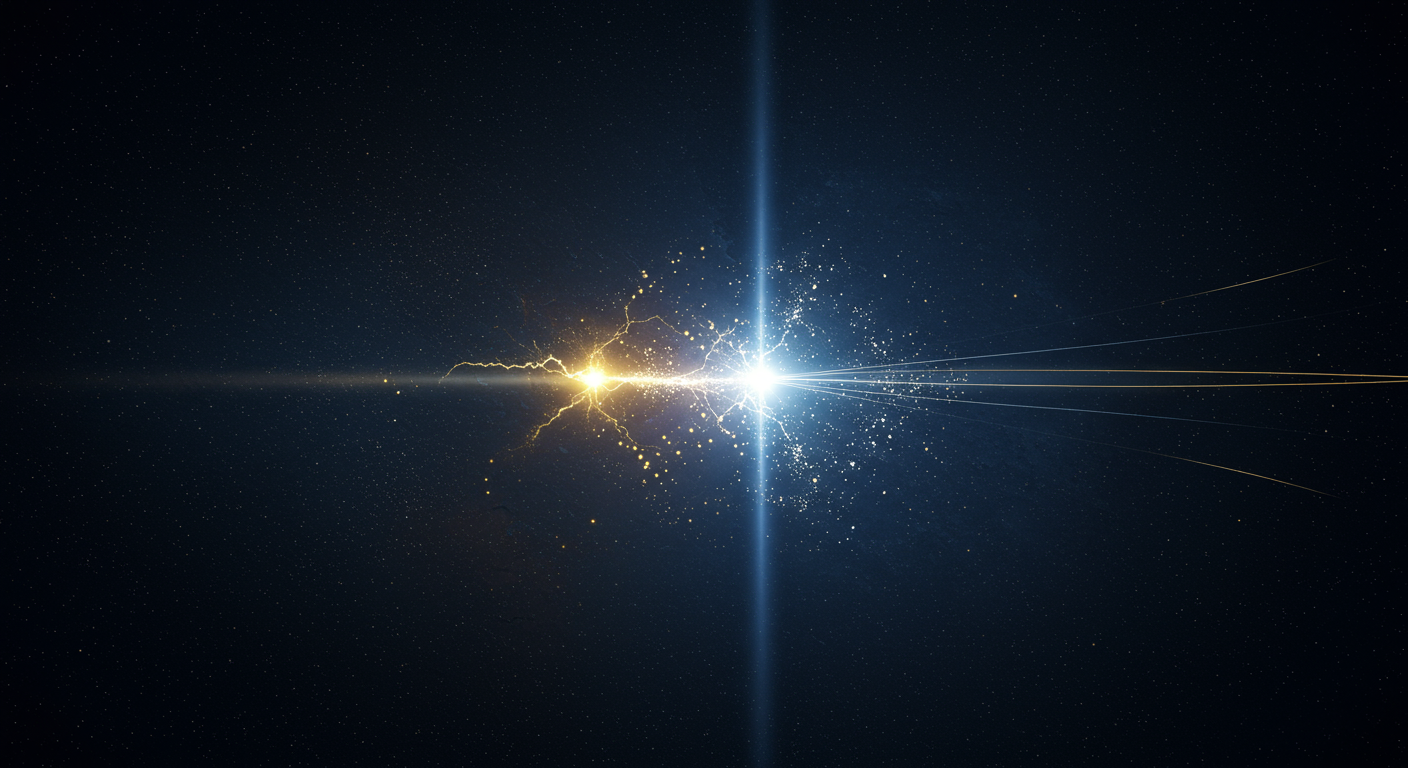Cosmological constraints on decaying axion-like particles: a global analysis

Our recent paper, “Cosmological constraints on decaying axion-like particles: a global analysis” (2205.13549), delves into the fascinating possibility of using the entire history of the cosmos as a laboratory for fundamental physics. We explore how precision cosmological data, from the era of Big Bang Nucleosynthesis (BBN) to the Cosmic Microwave Background (CMB), can be used to search for elusive Axion-Like Particles (ALPs).
A Unified Cosmological Probe
Led by Csaba Balázs and with contributions from our own Will Handley, this work pioneers a comprehensive global analysis. Instead of examining individual constraints in isolation, we leverage the power of the GAMBIT framework to simultaneously combine data from a multitude of probes:
- CMB temperature and polarization anisotropies from the Planck satellite.
- The pristine black-body spectrum of the CMB and its potential spectral distortions.
- Primordial light element abundances from BBN.
- Astrophysical limits from stellar evolution and the gamma-ray burst from supernova SN1987A.
This holistic approach, a hallmark of our group’s research philosophy, allows us to map the viable parameter space for decaying ALPs with unprecedented robustness.
The Physics of Decaying ALPs
We focus on a specific scenario where ALPs in the keV-MeV mass range are produced non-thermally in the early universe through the “freeze-in” mechanism. This approach, where the reheating temperature after inflation plays a key role, opens up vast regions of parameter space that would be closed for thermally produced relics, an idea also explored in works like 2002.08370. The key feature of our model is that these ALPs decay into photons long after BBN but before the universe becomes transparent—a time window that leaves distinct, correlated signatures across different cosmological epochs.
Key Findings and Significance
Our global fit yields several compelling results that push the boundaries of particle cosmology:
-
Resolving a Cosmological Tension? One of the most intriguing findings is that these decaying ALPs might resolve a subtle tension in the standard cosmological model. There’s a slight discrepancy between the value of the cosmic baryon density inferred from the CMB and the value needed to explain the observed primordial deuterium abundance. Our analysis demonstrates that photons from ALP decays can photodisintegrate some of the primordial helium-4, producing just the right amount of extra deuterium to bring the BBN and CMB data into better alignment.
-
The Power of Spectral Distortions: A cornerstone of our analysis is the inclusion of state-of-the-art constraints from CMB spectral distortions. By incorporating advanced calculations based on methods from studies like 1910.04619, we find that spectral distortions provide some of the most stringent limits, superseding other constraints in large parts of the parameter space. This powerful probe, for instance, allows us to definitively conclude that this ALP scenario cannot solve the long-standing cosmological Lithium problem, as the required parameters are strongly ruled out.
-
New Boundaries for ALPs: By combining all these probes, our analysis establishes a new, robust lower limit on the ALP mass of $m_a > 300\,\text{keV}$, significantly narrowing the search space for these particles. This provides a more complete picture than previous work, such as 1110.2895, by highlighting the synergy of multiple datasets.
Future Prospects
While the parameter region that best fits current data is tantalizing, it is not yet statistically significant. However, it predicts a specific, non-zero level of CMB spectral distortions. This provides a clear, testable prediction for future experiments. A next-generation mission with the sensitivity of the proposed Primordial Inflation Explorer (PIXIE) could be a game-changer: a null detection would decisively rule out this ALP model, while a positive signal could herald the discovery of new fundamental physics. Our work thus provides a powerful target for the next generation of cosmological surveys, continuing our mission to fuse fundamental theory with cutting-edge data analysis.


Content generated by gemini-2.5-pro using this prompt.
Image generated by imagen-3.0-generate-002 using this prompt.